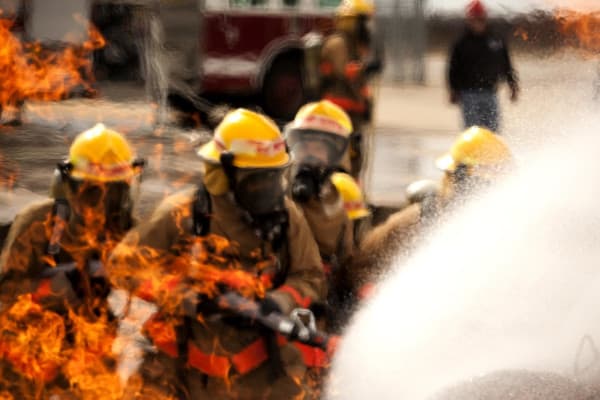A sit-in protest at a fire station and planned power outages enliven a news month filled with all-too-common struggles over staffing and looming wildfires
In the first edition of QRFS’s Fire News Round-Up, we look at news with an impact on fire professionals at work outside of America’s urban areas. From irreverent approaches in firefighter recruitment to an onslaught of mergers between small-town fire departments, here’s the news worth knowing:
Recruiting and retaining firefighters is tough work
An understaffing epidemic. For rural fire departments, there’s nothing surprising about the news that departments around the country are struggling to retain and recruit new firefighters. Today, seven in 10 firefighters in the United States are volunteers, and the freefalling number of volunteer firefighters has left some jurisdictions dramatically understaffed. A search for news on “fire department volunteers” delivers story after dreary story of departments closing or making the best of a situation. Homer, Alaska’s KBBI News carried one fire chief’s message to homeowners: understaffing is already putting residents at risk and raising homeowners’ insurance rates. But whether Homer’s city council will approve new staffing requests remains to be seen.
Too much training, too little time. In April, Hannibal, Missouri’s KQHA reported that the city of less than 18,000 has seen a drop of roughly 25% in volunteer firefighters in recent years. Mike Dobson, chief of the Hannibal Rural Fire Protection District, notes that people don’t seem to have the time needed to volunteer. The volunteers they do have, said Dobson, spend more time training than they do on the scene—sometimes in excess of 200 hours.
New ways to seek new blood. In Missouri’s southeast, the Scott County Rural Fire Protection district has started to combat a dearth of volunteer firefighters with an ad campaign. Signs outside each station read “Help Wanted[:] Hard Labor, Odd Hours, Low Pay [and] Cool Helmet.”
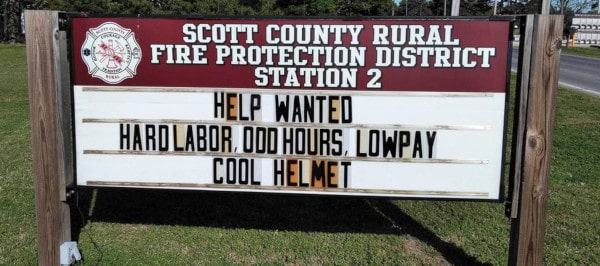
Scott County’s recruitment struggle is all too common, but the nationwide crisis of recruitment has received more serious attention in recent years. In April, Washington, D.C.’s Governing magazine published an article on the shortage that looked at recruitment incentives—from tax breaks to equipment grants—designed to beef up volunteer numbers.
When recruitment fails, mergers and closures follow
Fire protection for the cost of a used car. Springfield, Missouri’s KY3 News reported that two rural fire chiefs have asked voters to merge their fire departments. With a mindbogglingly low budget of $9,000 a year, Carl Eutsler, fire chief for the Marionville Rural Fire Association, says that voters can choose between approving the merger or losing their fire department. “Eutsler says he doesn’t have money to replace outdated equipment… [or even] to lay down concrete for their truck parking.” This low budget is a far cry from the needs described in the National Fire Protection Association’s U.S. Fire Department Profile 2017, which shows that today’s fire protection costs are nearly triple those of the 1980s.
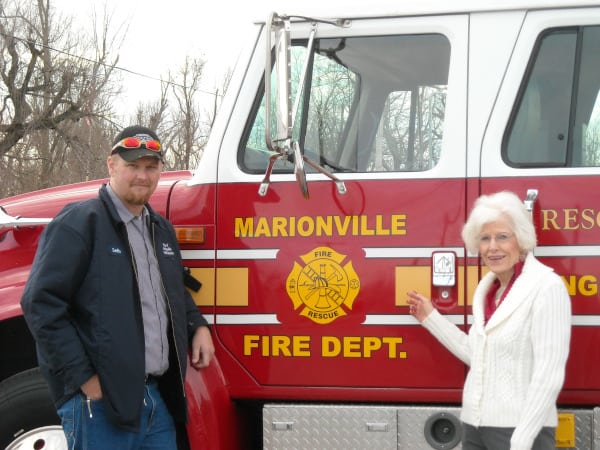
Mergers and more mergers. With fewer emergency medical technicians and more emergencies, the City of Burlington, Wisconsin combined the full-time personnel of their fire department and with the all-volunteer staff of the Burlington Rescue Squad. Burlington mayor Jeannie Hefty added that this may not be the city’s last merger: burdens on emergency services may lead to another merger with a fire department in neighboring Rochester. Burlington joins cities in Arizona, Washington, and other states where issues of cost, control, and services dominate debates over rural fire department mergers.
Not without a fight. San Diego’s KPBS reports that residents in Julian, California (a town of 1,500 known for an annual apple pie festival) locked themselves inside a fire station for two weeks. Protesters and volunteer firefighters say that decision to hand control of the department over to the county was made in secret, violating California’s open meeting law. The controversy—which involves tribal law, legal maneuvers, and alleged threats “to pour cement down the toilets”—continues today.
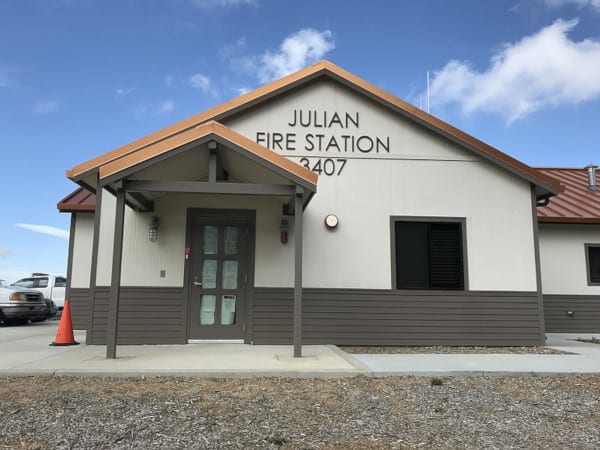
With wildfires on the horizon, rural fire departments and utility companies brace for impact
Planned power outages versus wildfires. California’s Pacific Gas and Electric Company (PG&E) plans to prevent wildfires by shutting down the grid in during high-risk periods. In addition to removing hundreds of thousands of trees and conducting thousands of inspections, PG&E will intentionally blackout communities facing wildfires. PG&E now faces a criminal probe and expensive lawsuits for their role in California’s deadliest wildfire to date. PG&E’s stated policy will shut down grids when winds reach 25 miles an hour or more, soils are dry, and humidity is less than 20 percent.
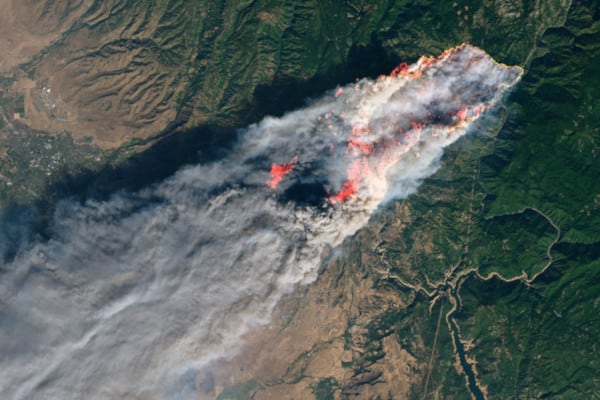
“It’s not fire season, it’s a fire year.” Fire departments in Utah, Colorado, and throughout the United States are gearing up for this year’s wildfires. One Colorado county that has already battled wildfires is helping homeowners in high-risk areas prepare for the worst. Firefighters in Colorado Springs, Colorado have offered to haul away yard waste for homeowners to remove flammable vegetation within 30 feet of their home. Fire departments in Nevada and California offer similar “chipping programs” as part of an effort to protect homes and streamline evacuations when wildfires hit.
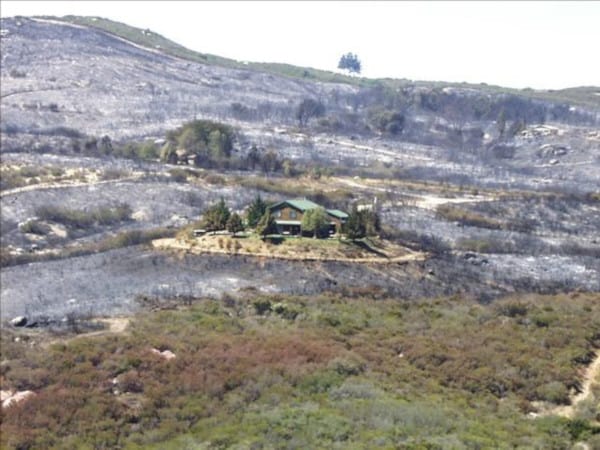
Some bright spots for fire protection in rural areas
Placing smoke detectors where they matter most. Too often, investigators find missing or malfunctioning smoke detectors in the wake of a fire. The American Red Cross plans to install 100,000 free smoke alarms in homes throughout the United States, Puerto Rico, and the U.S. Virgin Islands. New York State Senator Robert Ortt adds that smoke detectors play a key role in rural homes, where first responders may not reach homes as quickly as they do in urban areas. Last year, volunteers in Western New York installed more than 2,100 free smoke detectors—and plan to do the same this month.
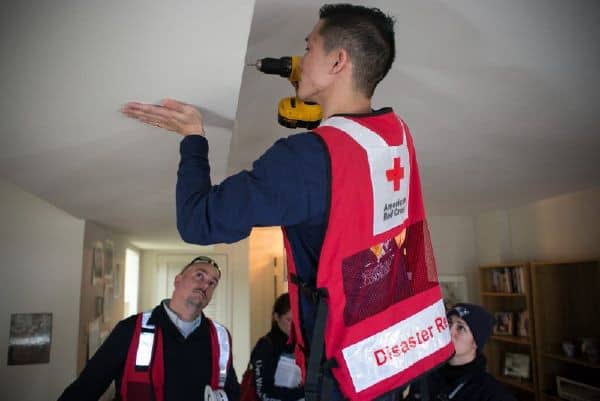
Some devices help fire departments on a budget
Cash-strapped local governments are doing what they can to protect their communities—even when the funds or manpower aren’t available. It’s one reason why American cities are retrofitting fire hydrants with Storz hose couplings. We’ve covered these devices in detail before, but one area where they’re gaining traction is in fire departments that rely on mutual aid. Unlike standard threaded connections, Storz converters are universal, recognizable hose couplings that connect quickly.

We’ve also looked at the Carlin Valve, a tool that reduces risks to first responders and makes the most of limited staff. Carlin valves, which install between fire hoses and hydrants, automatically start the flow of water from fire hydrants when a hose fully charges, preventing water hammer and allowing the nozzle person to almost immediately begin fighting fires. Where fire trucks travel long distances from the hydrant to the fire, the Carlin valve can get more firefighters to the scene quickly.
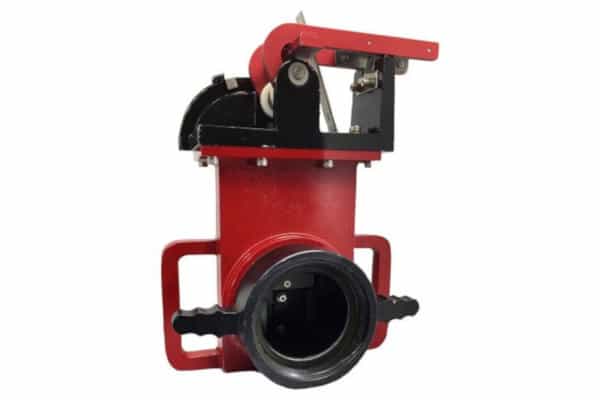
For more on these stories and products, QRFS invites you to view the following blogs and product pages:
Why American Cities are Retrofitting Fire Hydrants with Storz Hydrant Converters
What is a Carlin Valve and When is it Necessary?
Questions or need help finding an item? Call us at +1 (888) 361-6662 or email support@qrfs.com.
This blog was originally posted at blog.qrfs.com. Check us out at Facebook.com/QuickResponseFireSupply or on Twitter @QuickResponseFS.
Source for top image: U.S. Air Force


